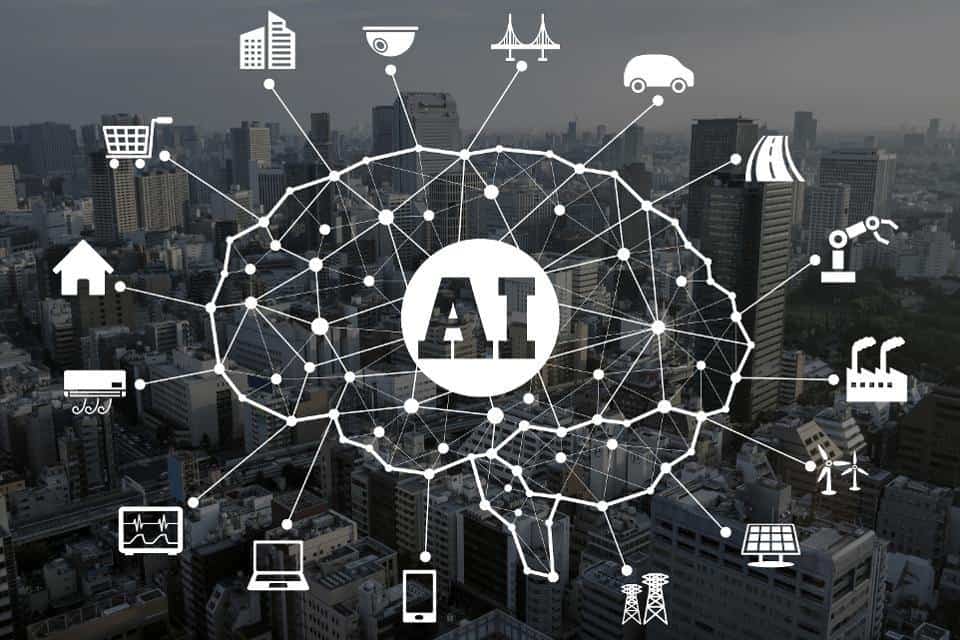What is Artificial Intelligence?
According to the Oxford Dictionary, the word Artificial Intelligence, or A.I., is best described as;
‘The theory and development of computer systems able to perform tasks normally requiring human intelligence, such as visual perception, speech recognition, decision-making, and translation between languages.’
Science Fiction writers, for the most part, were correct in thinking that A.I. would be very much a part of modern-day life. What they didn’t know is how quickly and how soon it would be integrated into our lives. Large corporations such as Google, Amazon, and IBM have poured money into developing “human-like” AI interfaces to help us with tasks that are very rudimentary or complex in nature.
This article briefly explores how A.I. is finding itself in the home and how it will continue to educate us, save time in our busy schedules, and even order your groceries when the milk is running out. We also touch on technology which helps integrate common home appliances and devices, commonly called the Internet of Things (or I.O.T).
Remember Siri?
Most modern mobile phones now a ‘virtual assistant’ built into the phone’s operating system. Apple released their version of a virtual assistant in the digital-form of Siri, She made her appearance in 2011 in the iPhone 4s to mixed reviews. At the time she was pretty cool, she could set your calendar appointments, write an SMS to your friends, or even find out where the nearest cinema was. Siri was an example of speech recognition and decision making.
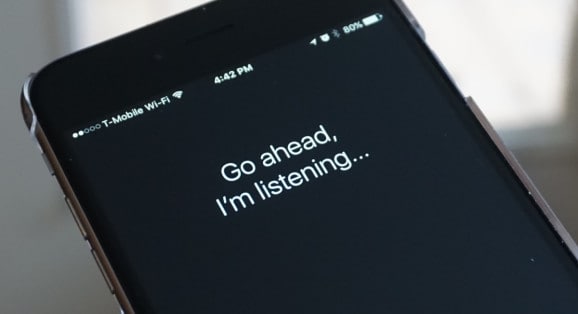
You’d ask her a question, your question would be sent back to a bank of Apple servers, working out how best to answer your query, and bring back the best result. Over time she got smarter, understood more accents, and provided better return results.
Smart Home Devices
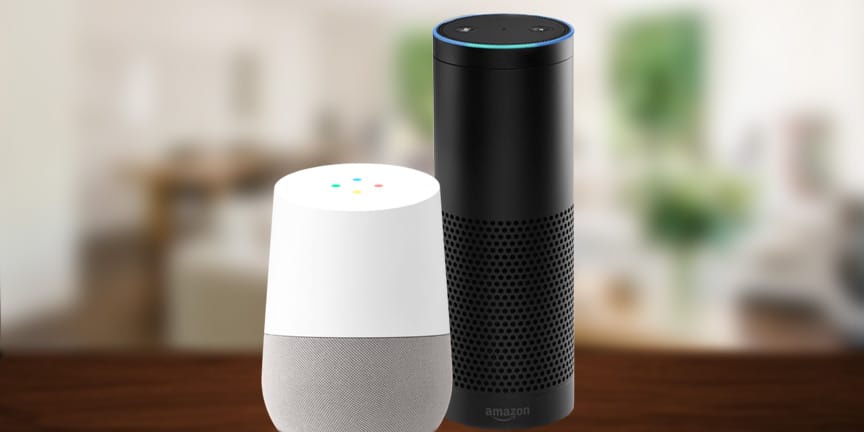
That same technology has now found its way into the home with a flood of new products. Amazon’s Echo Amazon Echo (shortened to Echo) is a brand of smart speakers created by Amazon.com. The devices connect to the voice-controlled intelligent personal assistant service Alexa, which respond to the name “Alexa”. Commonly referred to as the “Wake Word”
Alexa can play music, make a phone call, send and receive an SMS message, or even read out the latest sports scores. All instantly accesible via the wake word command. Your home can have one or more of these smart speakers around the house which all connect to the WiFi network of your home.
On a side-topic; Alexa has found her way into the Hospital system here in Australia. Hospital patients no longer press buttons to grab a shift-nursers attention. They now yell out to the Alexa to ask for help grabbing the attention of the most relevant health care attendant. Alexa with enough learning could certainly help out people that require medical care in the home by linking the home patient to a nurse, carer or doctor.
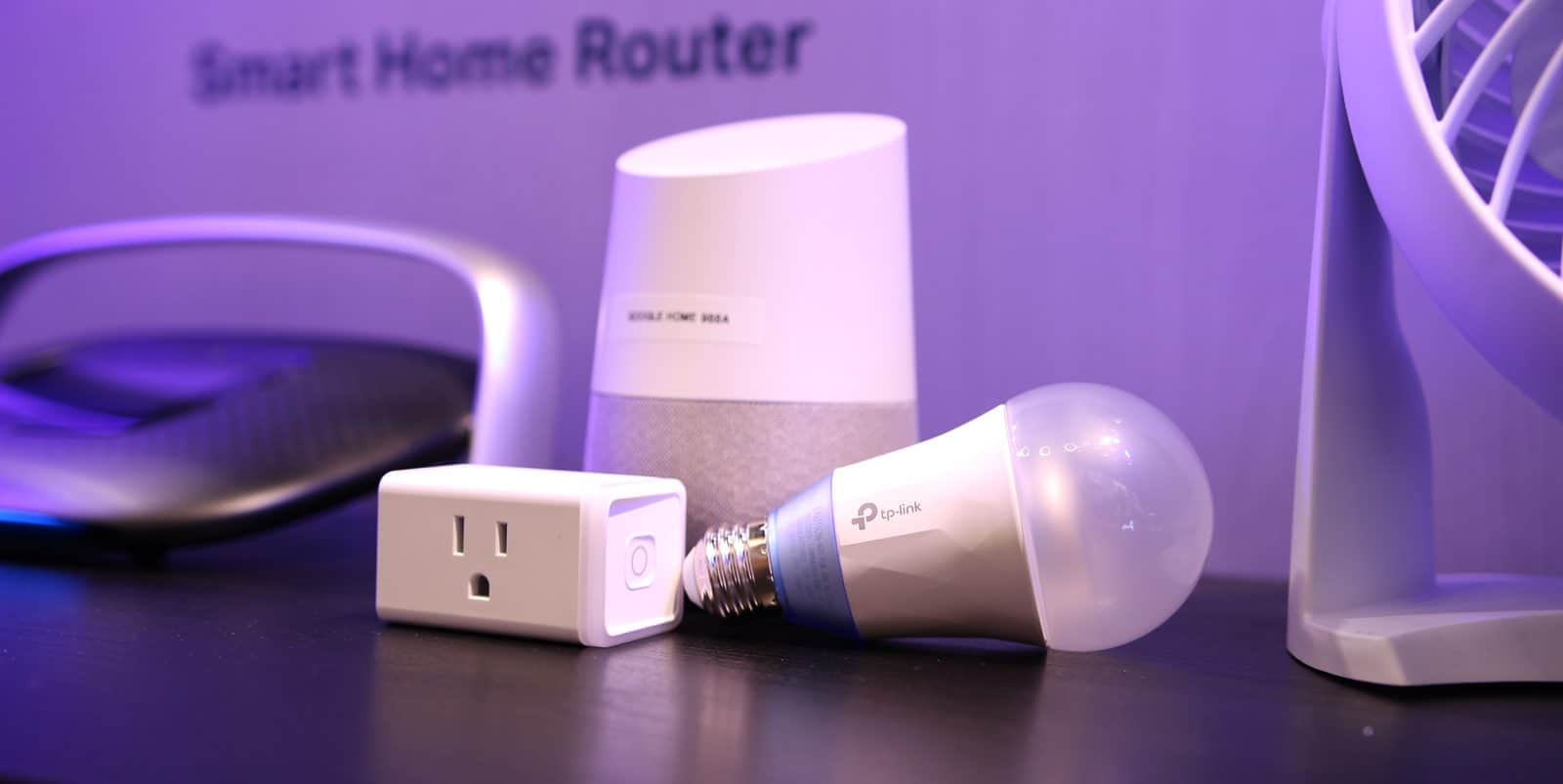
Google has also launched a product called Google Home. The Home is very similar to Alexa in most of its features. The Home integrates into your local Google Chromecast allowing you to control the music, movies, or streaming services by your voice alone.
Google is working towards an AI which performs tasks on behalf of its customers, for example, you want to go out for dinner with your friends, and you want to book a table at your favorite restaurant for you and your closest friends.
Google’s AI will have the ability to ring the restaurant, negotiate a time and for how many people, thank the restaurant owner for his or her time, and then place that calendar event on your mobile phone. The language spoken by Google’s API is so natural that it would be hard for the person on the other end of the line to know the difference.
The Internet of Things
However AI isn’t all about receiving commands, it could also, be smart enough to perform things on your behalf. The Internet of Things, or commonly referred to as IOT, has made its way into the home.
IOT refers the networking of physical devices, appliances, vehicles, and other items embedded with electronics, software, sensors, network connectivity, all with the ability to connect and exchange data. Devices such as your air conditioning unit, garage door, TV, etc can all be connected to the Internet.
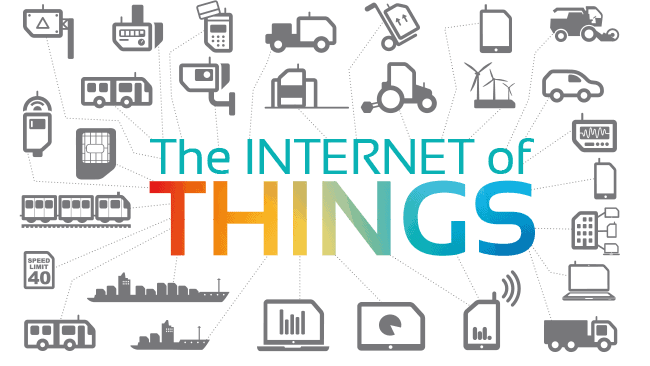
These devices become an active communicating component of the home network eco-system. Companies are actively working on creating a common-communication layer that allows all devices to understand each other and allow them to pass information to each other. These devices will then communicate back to AI servers to best help you further.
Home or Alexa also interact with Home Automation systems. Home users will be able to yell out “Switch off the lights!” or “Turn up the fan!” etc.
Imagine an LG refrigerator that monitors the contents of your fridge, places an order with Woolworths to deliver but having all your purchases vetted by your dietician first. Or have your Internet-enabled toothbrush to transmit brushing habits to your kids’ dentist.
The possibilities are endless and scary.
The future is upon us and AI will become our masters! 🙂
News just in!
Ok, with news just in, this is how scary AI can be, and it’s certainly not at a point where it’s completely foolproof. An Alexa home AI device secretly recorded the conversation of a husband and wife. This conversation was then also forwarded to a random person on their contact list.
The technology will continue to improve, and future mistakes like this will not happen, but it does beg the question whether we believe these devices are ready to protect the privacy we have in our home.


